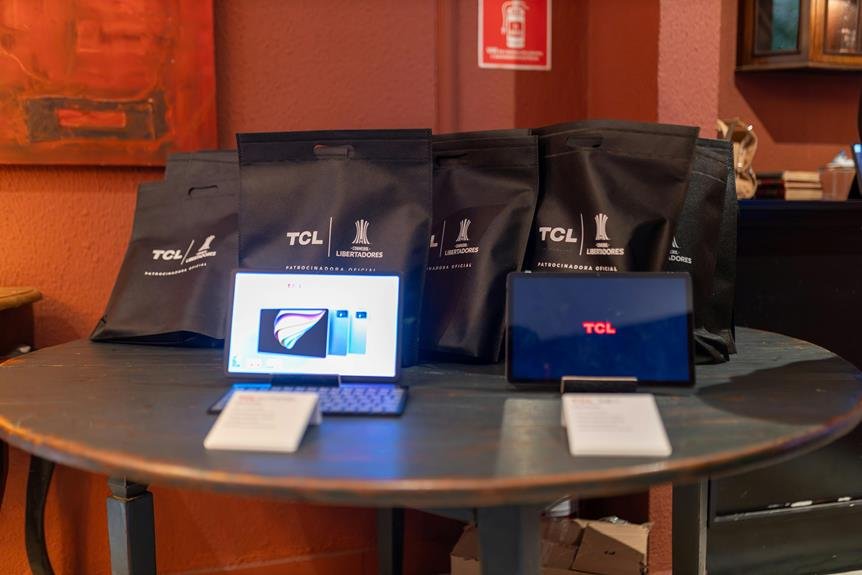The evolution of influencer marketing highlights a shift towards authentic connections, primarily through micro influencers. As brands, you need to understand that today's consumers value trust and genuine interactions over polished advertisements. Micro influencers often engage niche audiences, creating strong relationships that traditional celebrities can't match. With the rise of platforms like TikTok and Instagram, younger audiences seek real experiences and relatable narratives. To succeed, focus on partnerships that align with your brand's values and encourage open communication. Embracing these trends will enhance your marketing strategy and keep you ahead in this dynamic field. There's more to explore about these strategies.
The Rise of Influencer Marketing
Emerging from the rapid growth of social media, influencer marketing has transformed the way brands connect with consumers. As you navigate this new landscape, you'll notice that the micro influencer impact is significant. Unlike celebrities with millions of followers, micro influencers usually have smaller, yet highly engaged audiences. This allows brands to tap into niche markets, making their marketing efforts more targeted and effective.
However, with this rise comes authenticity concerns. Consumers are becoming more discerning, seeking genuine connections rather than polished advertisements. They want to see real people using products, sharing their honest experiences. This is where micro influencers shine—because they often cultivate a sense of trust with their followers.
When you're considering influencer partnerships, it's essential to evaluate how well a potential influencer aligns with your brand values. Authenticity can make or break a campaign, so don't just focus on follower counts. Instead, think about engagement rates and the quality of interactions. In this evolving space, staying true to your brand while leveraging the power of micro influencers can lead to lasting connections with your audience and ultimately drive success for your brand.
Shifts in Influencer Types
As brands adapt to the evolving landscape of influencer marketing, they've shifted their focus from traditional celebrities to a more diverse range of influencer types. This change reflects a growing recognition of the impact that micro and macro influencers can have on audience engagement. Micro influencers, with their smaller but highly engaged followings, often resonate more authentically with niche audiences. They have the power to spark conversations and foster genuine connections, making them valuable partners for brands looking to target specific demographics.
On the other hand, macro influencers boast a larger reach, which can be beneficial for brands aiming for widespread visibility. However, the competition for attention in this space is fierce, and the connection with followers may not be as strong as that found with micro influencers.
Brands are increasingly leveraging niche influencers who specialize in specific topics or interests, allowing them to tap into dedicated communities. This targeted approach not only enhances brand credibility but also encourages more meaningful interactions. As you navigate the world of influencer marketing, consider how these shifts in influencer types can align with your brand's goals and audience.
Changing Consumer Behavior
With the rise of digital platforms and social media, consumer behavior is shifting rapidly. You're likely noticing how buying habits are influenced by a variety of factors, from demographic shifts to platform preferences. Today, consumers prioritize authenticity and are more skeptical of traditional advertising. This means brands need to focus on building consumer trust, which can be a challenge in an age filled with authenticity challenges.
As you adapt to these changes, consider the following key points:
- Consumers prefer brands that engage with them authentically.
- Trust is built through consistent and transparent communication.
- Engagement metrics are now more important than ever; likes and shares matter.
- Younger demographics are gravitating toward platforms like TikTok and Instagram.
- Reviews and recommendations from peers often outweigh influencer endorsements.
Understanding these shifts in consumer behavior is vital for your marketing strategy. You'll need to respond to these trends by aligning your message with the values and preferences of your target audience. By doing this, you can effectively navigate the evolving landscape of influencer marketing and foster deeper connections with consumers.
Strategies for Effective Partnerships
Building strong partnerships with influencers can greatly enhance your brand's visibility and credibility. To create effective collaborations, start by identifying micro influencers who align with your brand values and target audience. Micro influencers often have more engaged followers, which can lead to higher conversion rates and genuine connections.
Once you've found the right influencers, focus on authentic engagement strategies. Instead of just pitching your product, invite them to share their real experiences with it. This authenticity resonates with their audience, making your brand feel more relatable. Encourage influencers to craft their own narratives around your offerings, allowing their creativity to shine through.
It's also important to maintain open communication throughout the partnership. Regular check-ins can help you both stay aligned on goals and expectations. Consider creating a collaborative content calendar to keep things organized and guarantee a steady flow of posts.
Lastly, measure the success of your partnerships through analytics. Track engagement rates, reach, and conversions to evaluate what works best. By following these strategies, you'll foster meaningful relationships that not only elevate your brand but also connect with consumers on a deeper level.
Future Trends in Influencer Marketing
The landscape of influencer marketing is rapidly evolving, and staying ahead of the curve is essential for brands aiming to maximize their impact. As we look to the future, several key trends are emerging that you should be aware of.
- Micro Influencer Impact: Collaborating with micro influencers can yield higher engagement rates, as their smaller, dedicated audiences often trust their recommendations more.
- Authenticity Emphasis: Consumers crave genuine connections. Brands that prioritize authentic partnerships will resonate more with their audience.
- Video Content Dominance: With platforms like TikTok gaining traction, short-form video content is becoming a crucial part of influencer marketing strategies.
- Diverse Representation: Brands need to embrace diversity in their influencer partnerships, reflecting a broader range of voices and experiences.
- Data-Driven Decisions: Utilizing analytics to track performance and refine strategies will become increasingly important in optimizing influencer campaigns.
Conclusion
In the ever-evolving landscape of influencer marketing, staying ahead means adapting to changes and understanding your audience. Think of influencers as bridges, connecting brands to consumers in meaningful ways. By recognizing shifts in influencer types and consumer behavior, you can forge effective partnerships that resonate. As trends continue to emerge, being proactive and strategic will help you navigate this dynamic field. Embrace the journey, and you'll find success on the other side of the bridge.





Leave a Reply